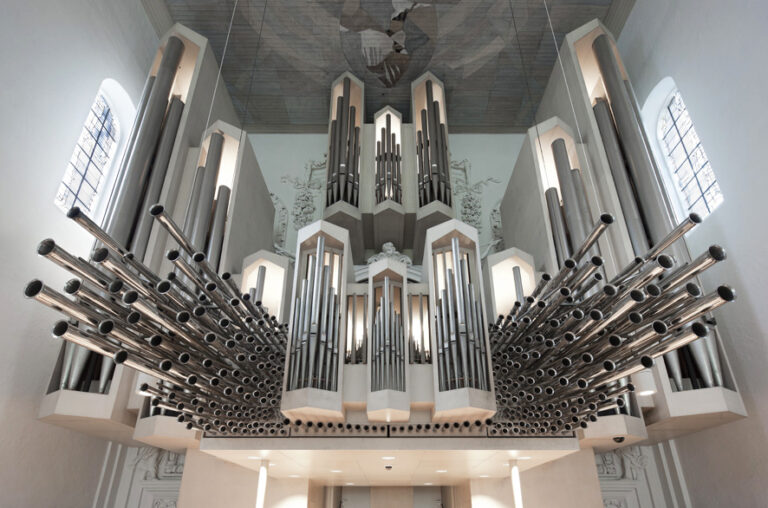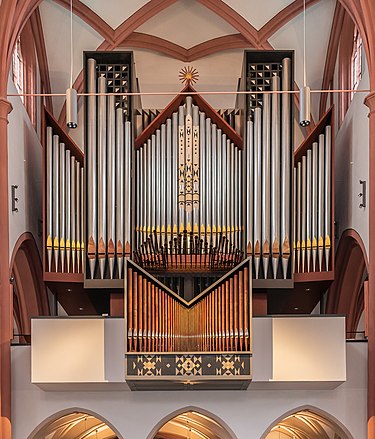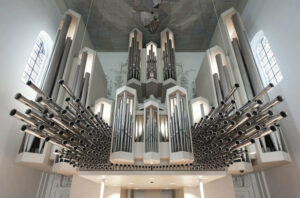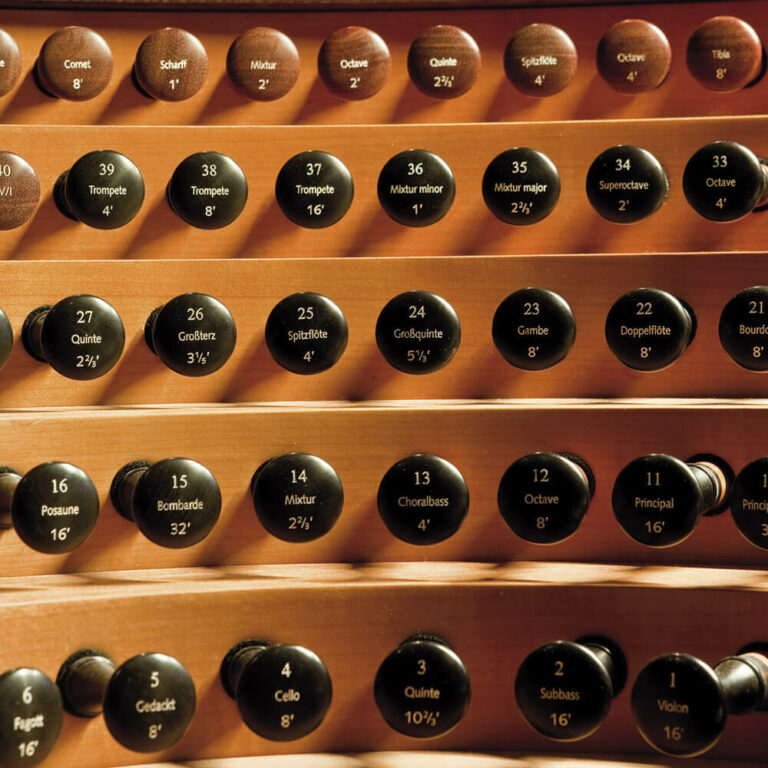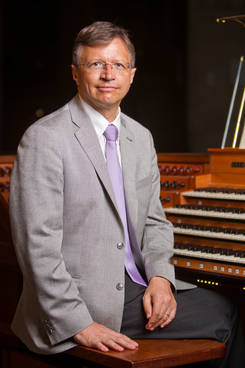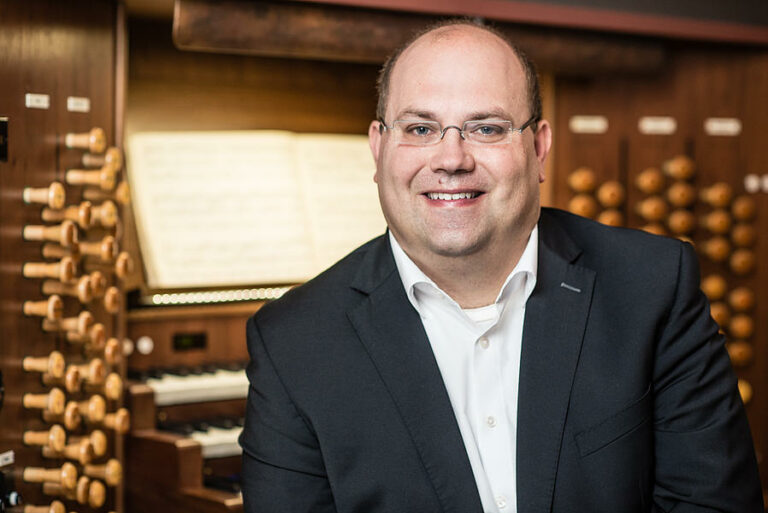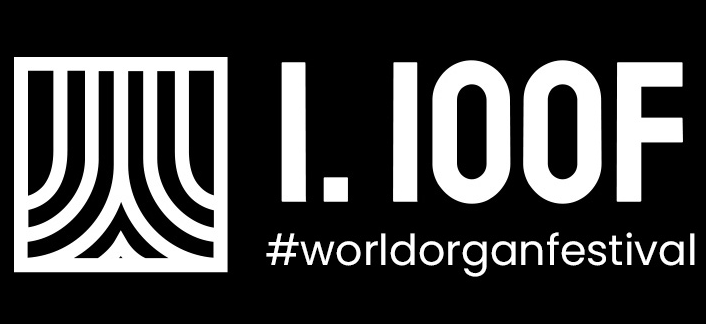IOOF fILMS
Film 02 of 33
SPECIAL: The Bavarian organ landscape - Part 1
100% Discount Code for 0€: bayern-100
Price: 0,00 €
Supported by Kulturfond Bayern Kunst und das Bayrisches Staatsministerium für Wissenschaft und Kunst
Click below to share this film:
Share on facebook
Share
Share on twitter
Share
Share on whatsapp
Share
Share on email
Share


